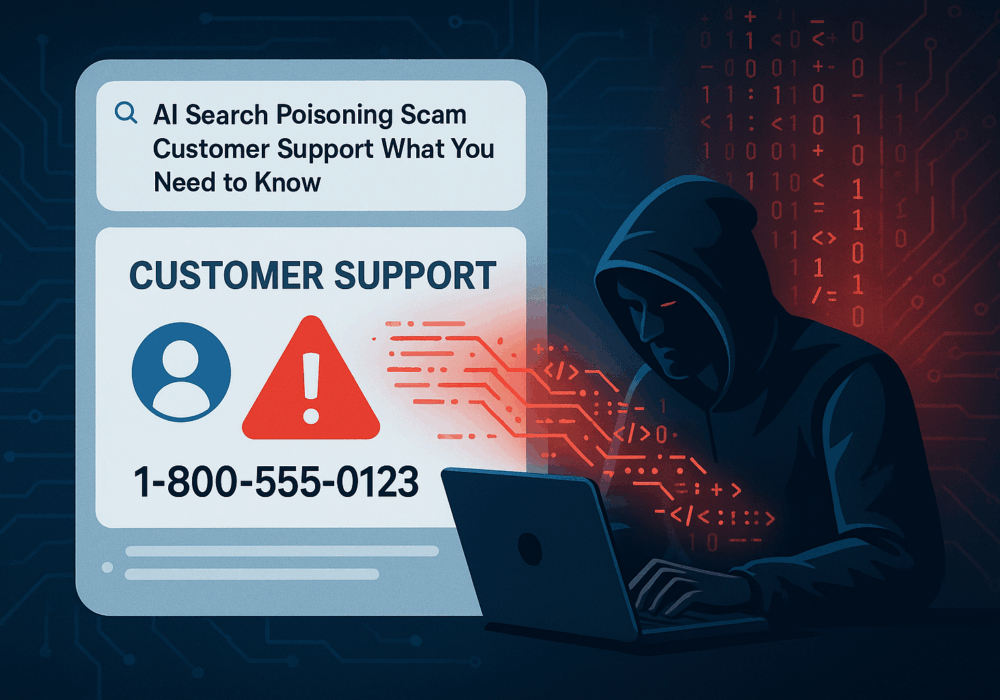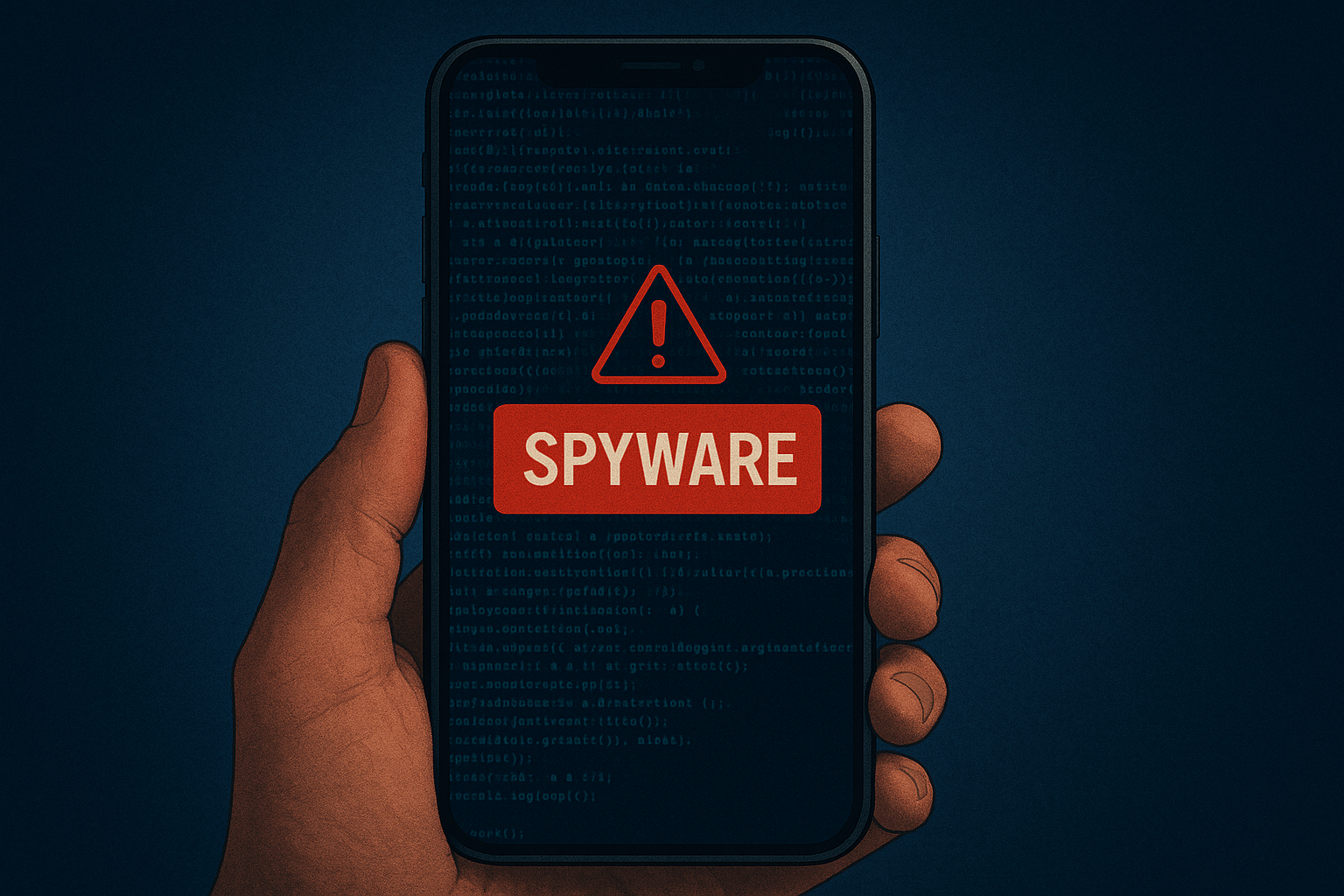Years ago, ransomware protection amounted to building a strong 3-2-1 backup program and validating your backups with an occasional restore. However, modern ransomware has evolved to exfiltrate your data in addition to encrypting it. Even if you have good backups, hackers know they can publish your critical data online to force you into paying the ransom. Therefore, the only viable protection today is prevention.
Prevention required training and testing your employees including yourself. Learn how to spot and avoid phishing attacks, one of the primary methods of infecting companies with ransomware. Remove local administrative rights to prevent an errant click from introducing malware to your environment. Segment your network and limit access to data stores and databases to prevent encryption and exfiltration of data that most users never need access to.
In addition to the above ransomware protection measures, follow CyberHoot’s best practice advice below. Scroll down for additional reading and an important training video.
CyberHoot believes that for many small to medium sized businesses and MSPs, you can greatly improve your defenses and chances of not becoming another victim of cyberattack if you follow the advice above.
We hope you’re enjoying Cybersecurity Awareness Month (CAM). Visit or subscribe to CyberHoot’s Facebook, LinkedIn, or Twitter pages to get daily updates throughout the month.
Maze Ransomware represents a Triple Threat to Companies
https://www.youtube.com/embed/03olldrg21I
Discover and share the latest cybersecurity trends, tips and best practices – alongside new threats to watch out for.

Cybercriminals always follow Internet eyeballs. Not literally, but figuratively. And today's eyeballs are...
Read more
Active Attacks on Messaging Apps The Cybersecurity and Infrastructure Security Agency (CISA) recently issued...
Read more
The world of work has changed enormously since COVID-19. Gone are the days when IT admins sat behind a corporate...
Read moreGet sharper eyes on human risks, with the positive approach that beats traditional phish testing.
